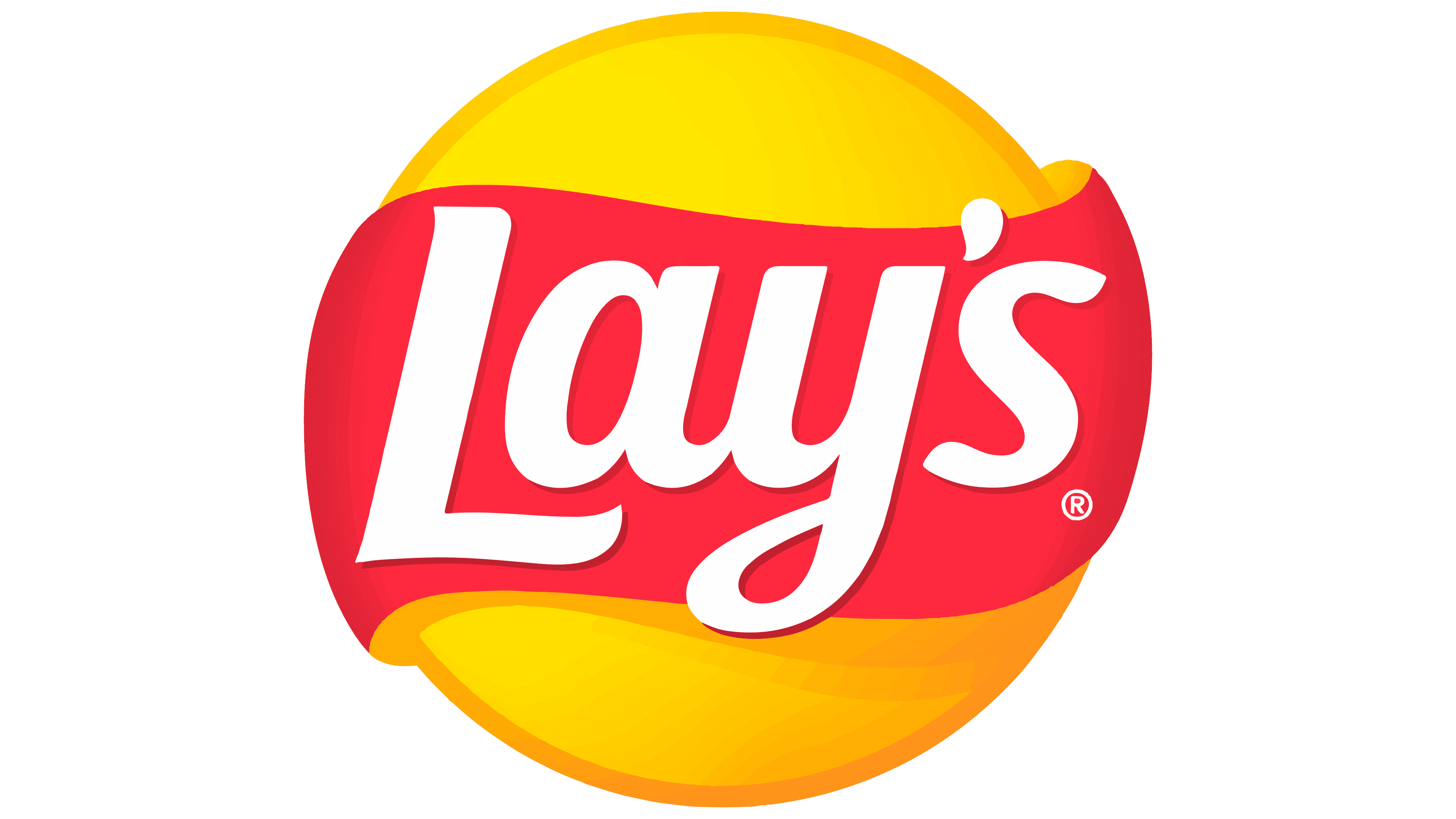Linux was not muscled like that in 1991 - it’s first, barebones kernel was released in September of that year.
I remember installing Linux on a 90MHz 486 in the mid 90s and it barely ran X server with a simple window manager. And if the machine was turned off while Linux was running, you might not be able to boot again.
Linux now, however, is unrecognizeably better.
I remember someone here made a detailed list of how lots of the early linux FOSS stuff was essentially ripoff of unix software lol. I think XFCE was originally a knockoff of CDE or something with XForms. Now it’s the de facto performance DE and the default on Kali.
KDE’s name was a direct rip off of CDE’s name
XFCE’s old panel was a distinct mimic of CDE’s. I liked it…
But now CDE is open source and NsCDE gives you the same look with a highly customised fvwm config if you don’t want to stick to the Motif universe.
Linux back then was just minix with more packages like x.
The kernel was absolute bedlam back then.
I liked OpenSolaris, you could order a free CD from their website and they’d post it, even internationally.
I still have one of those! 😆

Didn’t use it too much, tho. Never installed it on bare metal, only in a VM, and back in those days I was in my distro-hopping phase (I was discovering Arch), so I tested it and quickly forgot about it.
We ran OpenSolaris as our NFS server for several years on ASUS Xeon servers. zfs was a big part of that. Ilumos is still alive and keeping the OpenSolaris world going in a small way.
Thanks for digging it up and sharing the photo! It’s nostalgic seeing this
deleted by creator
they sent us a big box of CDs to the CS department an uni. ran it as a daily driver for a semester.
I barely got an opportunity to try out Solaris/opensolaris (honestly I don’t remember which) before Oracle got involved. It gave me the impression of being a no nonsense, get shit done workstation OS. It was clean, it had enough frill that anyone could sit down in front of it and start working, but it wasn’t showy. I wasn’t a business person doing business things, and I was really just looking around for a good office suite on a stable OS that I could make it through college with. I really liked the “this is where work gets done” feel of it.
Out of all those I only ever used Solaris and the most polite thing I can say is: I have no nostalgia for that time.
There are a lot of hobby Unix-like OS’s however. I don’t see the point in most of them, but still.
You also forgot macOS. It’s a shitty “UNIX-certified” OS though.
Its a BSD derivat tho.
I use hpux everyday. Mostly it still runs what it needs to run and the hardware for the most part is a tank so you don’t have to think about it.
When it breaks it’s the most infuriating thing in the world. All the hardware is bespoke and obsolete, old unix is maddening coming from modern Linux, it’s a nightmare but kind of fun at the same time. My only hope that HP will open source it at the end of the year.
I used Solaris today. I’ve never been on BSD.
If you lament the death of AT&T Unix, blame IBM.
SCO crashed and burned in part because they tried to sue multiple Linux providers claiming that they owned all the rights to certain pieces of code that they’d contractually leased from IBM, and that IBM giving code to Linux distributors violated the terms of their agreement with IBM. It was a lawsuit that dragged on for over a decade and a half–I think that it’s still going–and it’s bled SCO of tens of millions of dollars ,esp. since they’ve lost nearly every single claim they’ve made.
Msft funded them for a while to do this:
They tried to use the DMCA for header files in the source. https://linux.slashdot.org/story/03/12/22/1815224/sco-invokes-dmca-names-headers-novell-steps-in
SCO always reminds me of this:
They may be dead, but we still have some amazing alternative OS’s that exist that, as far as I’m aware, are still being updated. First thing that came to my mind was AROS ( Amiga Research Operating System that had to change the name to AROS Research Operating System ).
I personally don’t use it since I don’t use Amiga software, but it’s still really cool. Under no circumstances would I recommend it as a daily driver because any software based around Amiga is purely hobby at this point, but it’s still cool to check out.
AIX is not dead yet.

2025: Linux
2026: GNU/Hurd
2030: Plan9
Well there is also macos
Which is BSD with a paint job and kiddy gloves
Well there are BSD components in there, but much of the kernel comes from Mach.
Is that open source?
Parts of it, yes. Not the components that make macOS a macOS though (AFAIK).
well no, but neither are some of the examples in the meme (such as solaris), it’s still UNIX though
Solaris isn’t open source? That’s surprising…
Qnx Unix still technically kicking
Quite popular in automotive and other embedded applications. License and support costs were driving the last company I worked for to explore Linux as an alternative though.
I used to work in the gambling industry and there were some absolutely ancient QNX boxes that ran a dialup modem stack for remote TAB offices
Qnx is certified and has (hard) rtos baked in.
But montavista and others give most of that by now for less and are more maintainable anyway.
Irix is missing. It was quite cool at the time. (Well, its desktop was).
but why was mematic used if GIMP was used?
Why are there only five headstones and two characters in the second panel when there are eight operating systems in the first panel?
The ghost doesn’t get a gravestone
GNU Hurd is technically alive, just horribly obsolete.
I say the FSF rewrite Hurd, but using Rust or Zig.
SCO Unix still exists i guess
Sun.
Probably the format had the watermark already baked in
¯\_(ツ)_/¯
Actually Solaris is still squirming while the first shovels of dirt are being heaped on.















